From the Classroom
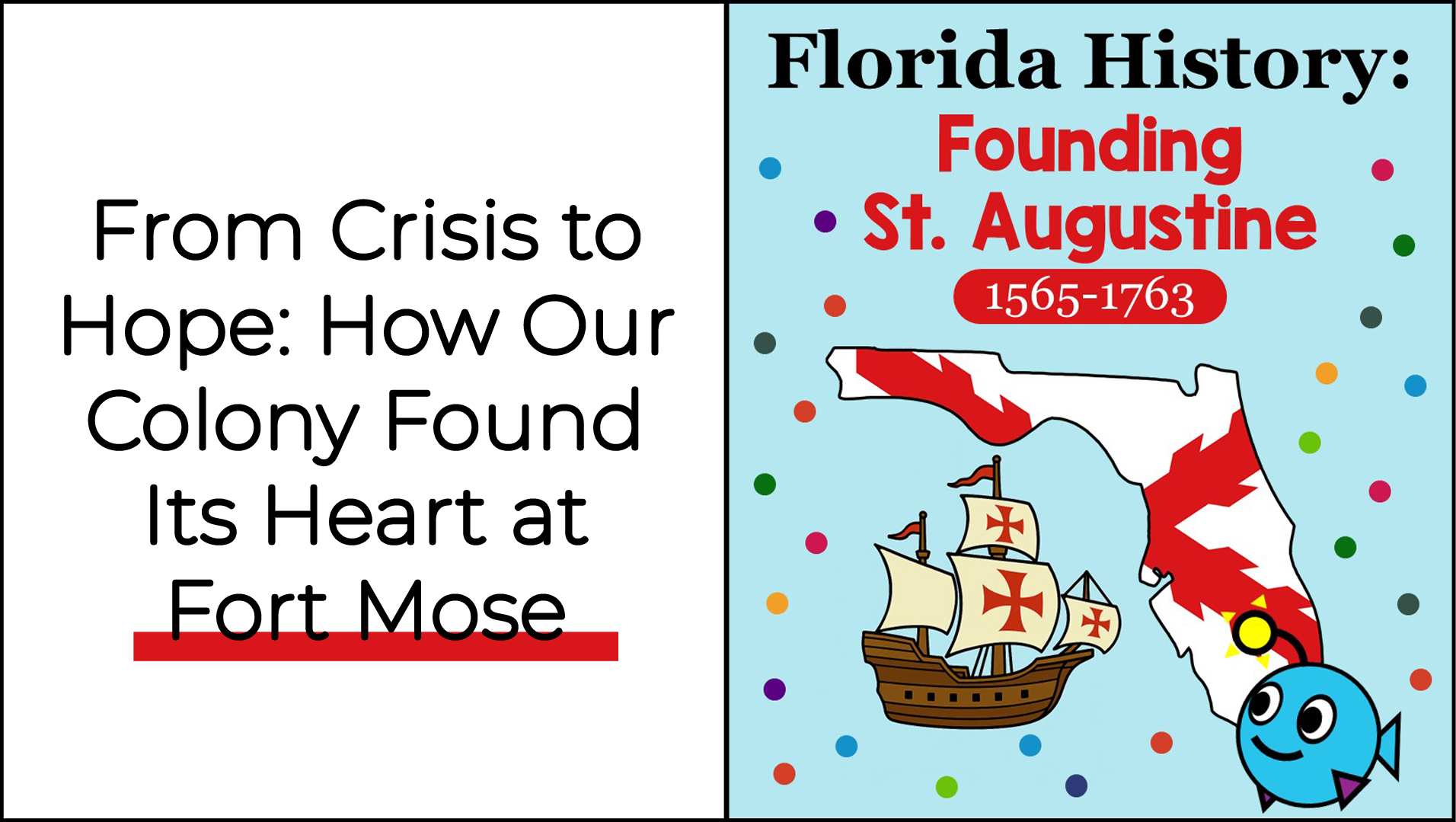
From Crisis to Hope: How Our Colony Found Its Heart at Fort Mose
"Mrs. Zema, this feels like the most important decision we've made yet." After surviving Drake's attack and Timucua tensions, my fourth graders faced a choice that would define their St. Augustine colony's character. When escaped slaves arrived seeking freedom, the students had to decide: What kind of community did they want to build?
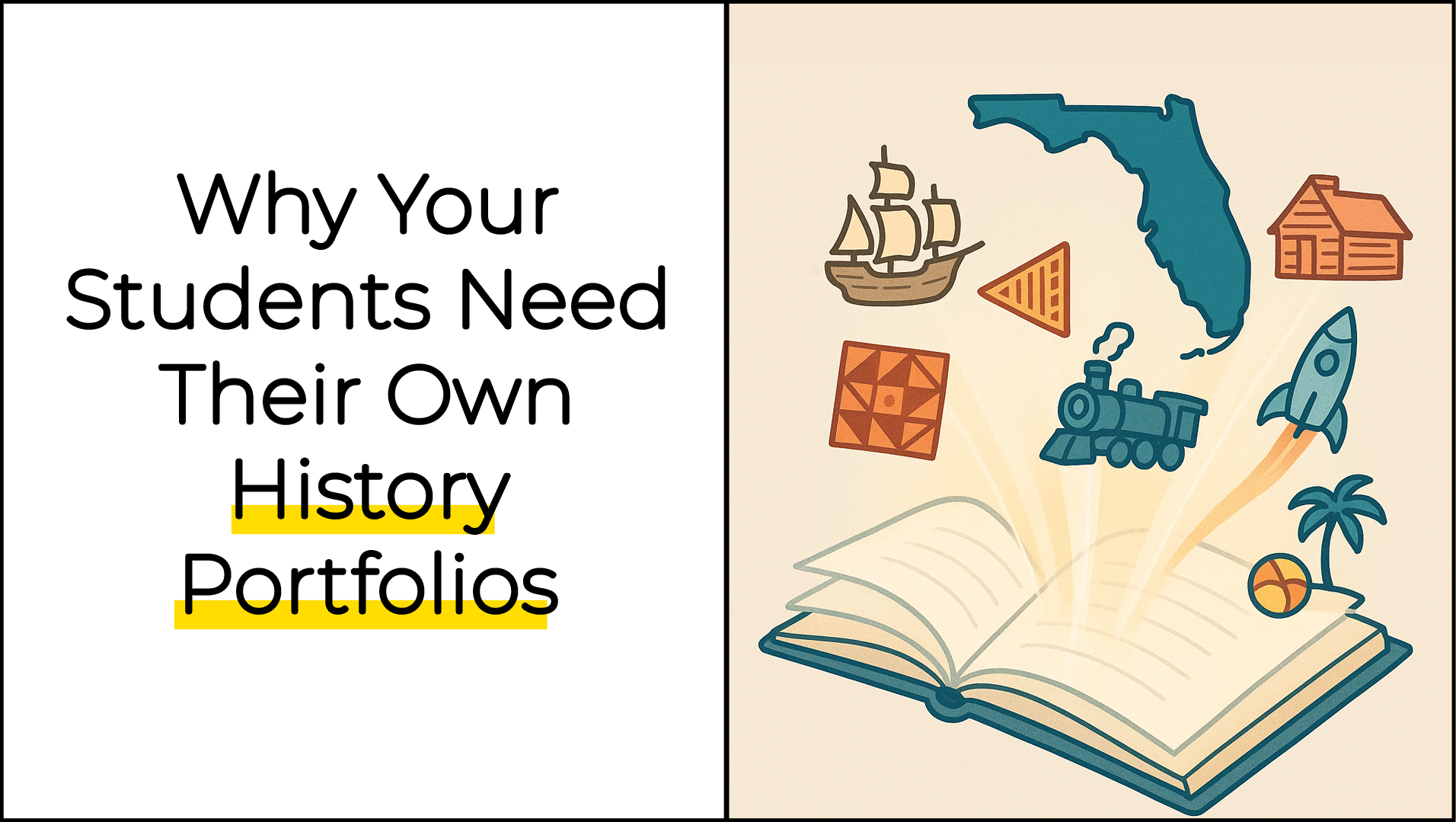
Why Your Students Need Their Own History Portfolio (And How to Make It Happen)
"Mrs. Zema, can I show my mom my timeline?" Marcus was holding his composition notebook, pointing to where he'd documented Pedro Menéndez's landing. That moment reminded me why student learning portfolios aren't just "nice to have"—they're essential for helping students see themselves as historians and learners.
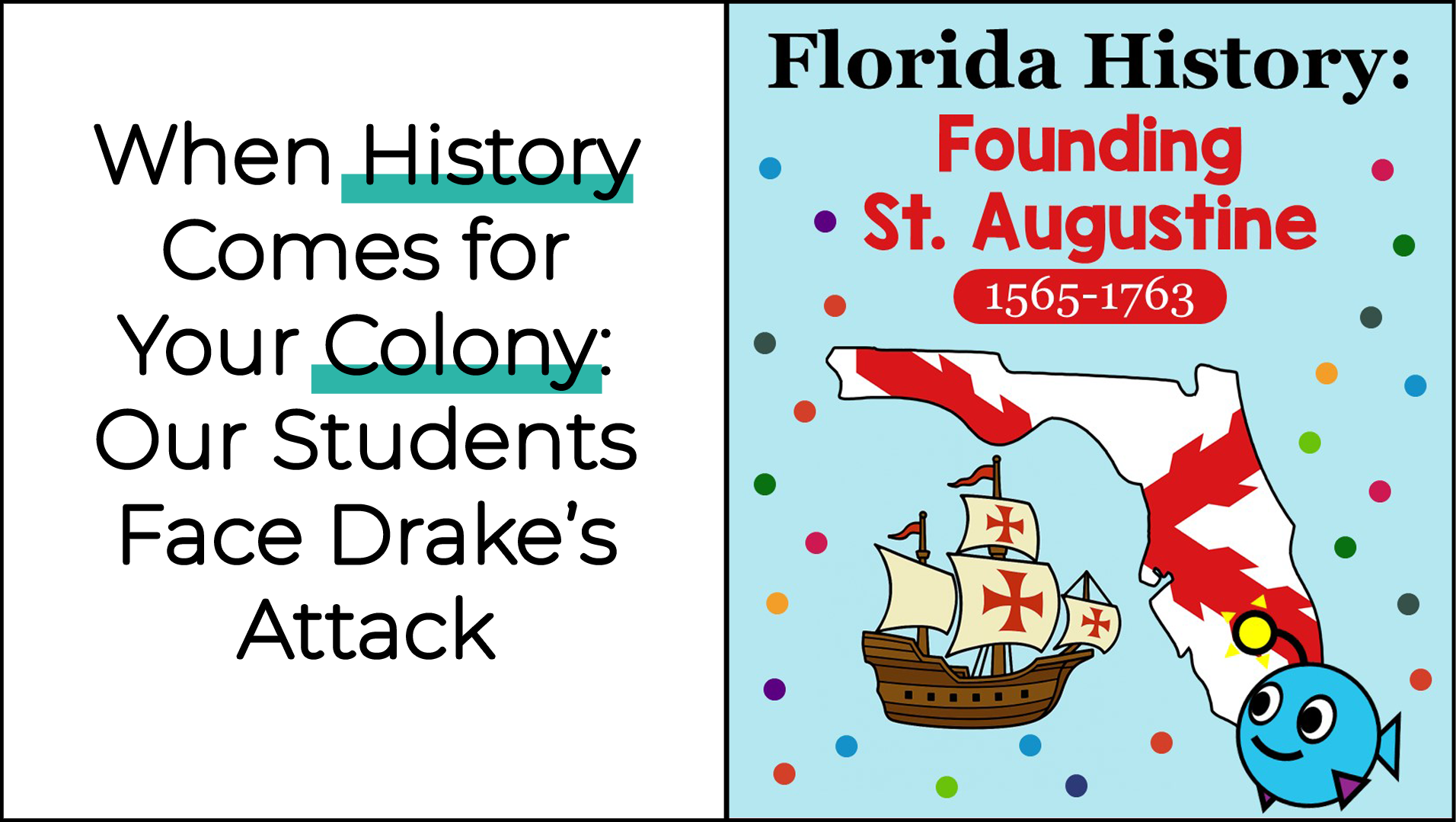
When History Comes for Your Colony: Our Students Face Drake's Attack
"Before dawn, English privateer Sir Francis Drake launches a surprise raid on the settlement. His ships fire from the sea while his men rush ashore. The Spanish scramble to respond. Smoke fills the air." Twenty-two fourth graders held their breath as I read the event card that would determine their colony's fate. After a week of hurricanes, policy changes, and tough decisions, this was their biggest test yet.
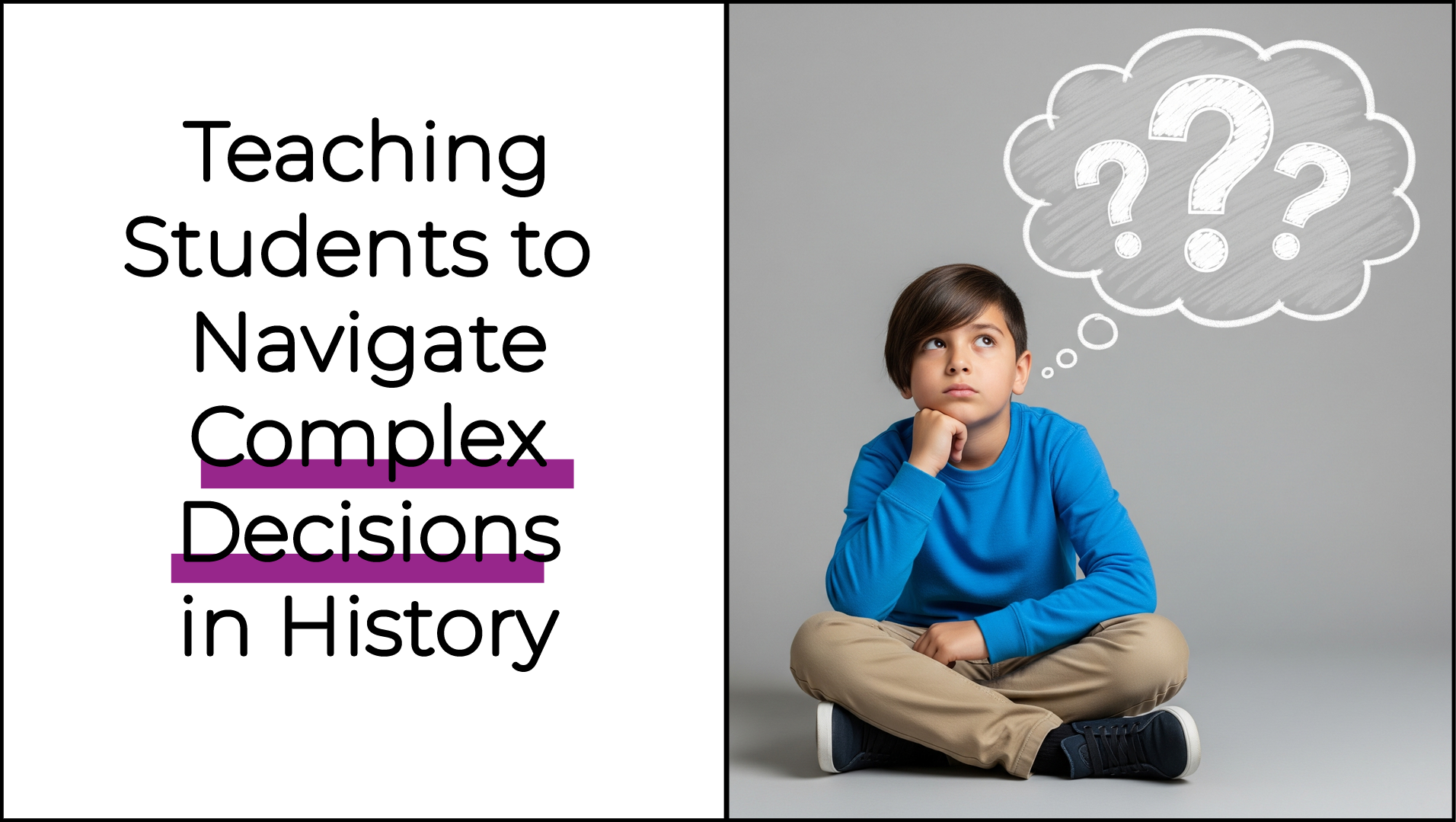
Teaching Students to Navigate Complex Decisions in History
"But Mrs. Zema, what's the right answer?" This question comes up constantly when my fourth graders are deep in historical simulations. They want me to tell them which choice is correct after debating whether to strengthen defenses or feed hungry families. Here's what I've learned: the most powerful historical thinking happens when students navigate decisions with no clear "right" answer.
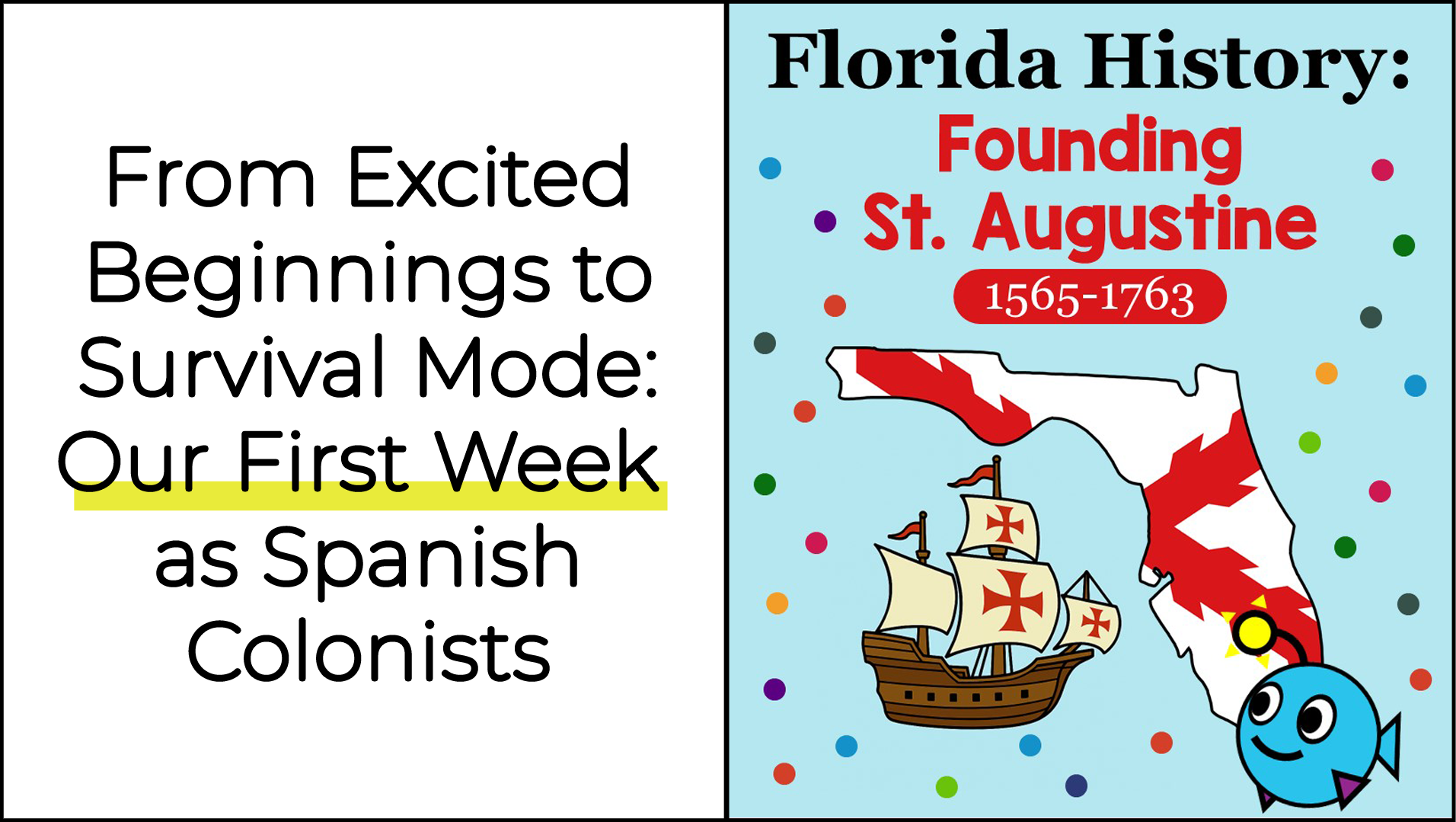
From Excited Beginnings to Survival Mode: Our First Week as Spanish Colonists
"Mrs. Zema, are we going to die?" This question came from Riley after five days of our Founding St. Augustine simulation. What started with excitement about "getting to be Spanish leaders" had transformed into genuine concern for their colony's survival. Here's how my fourth graders learned that good intentions aren't enough when facing real historical challenges.

Making Primary Sources Work with Elementary Students
"I can't read this. It's too hard." How many times have you heard that when introducing primary sources to elementary students? I used to think historical documents were only for middle and high school—until I discovered how to make them accessible and engaging for fourth graders. Here's my proven 3-step process that works.
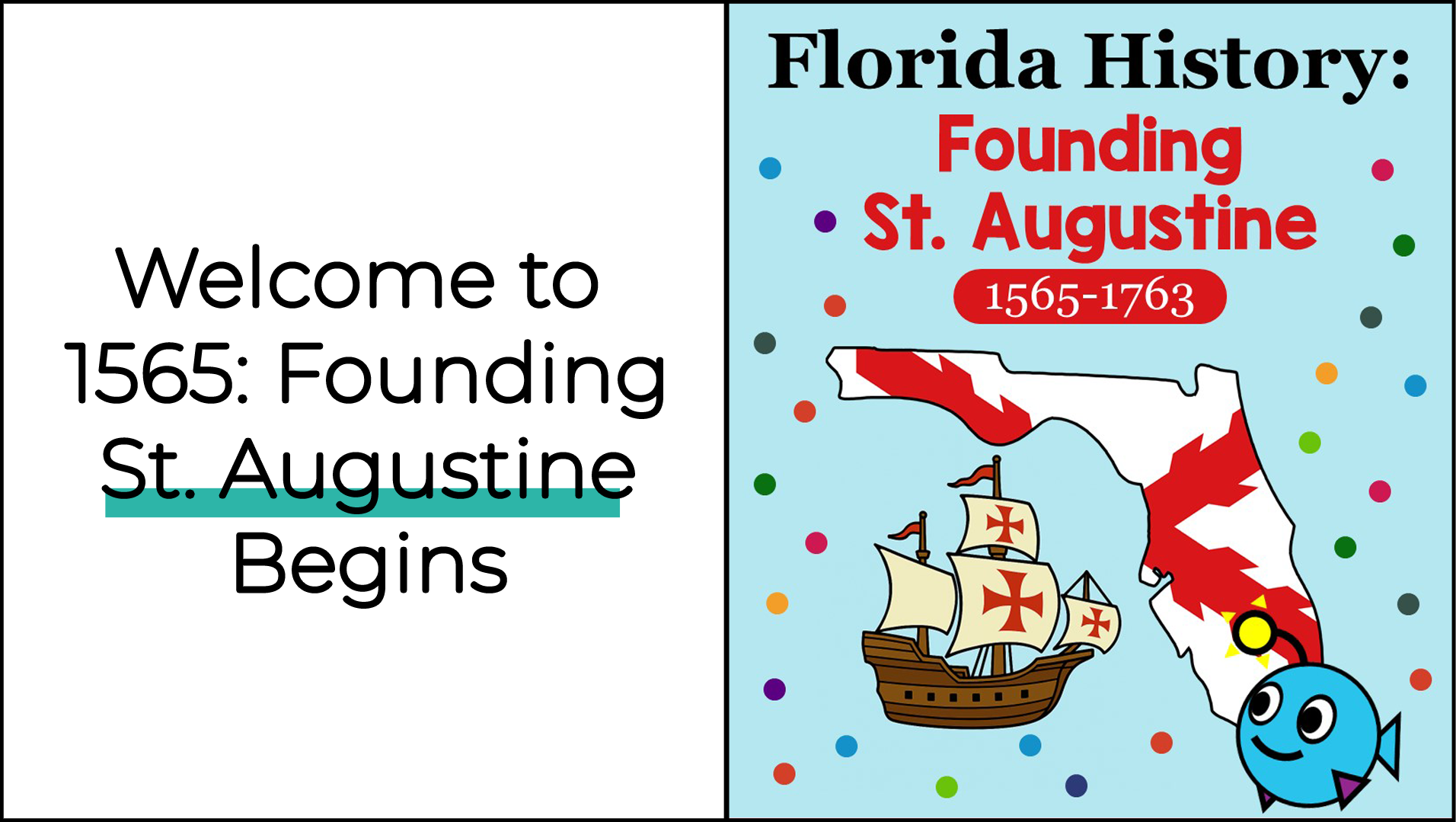
Welcome to 1565 - Founding St. Augustine Begins
"Buenos días, Spanish leaders! Welcome to the year 1565." Twenty-two fourth graders looked around our classroom with curiosity as we began our journey into America's oldest city. Today marked the official start of our Founding St. Augustine simulation—and the mixed reactions were priceless.

Florida History Gets an Upgrade
Three years ago, I was drowning in Studies Weekly newspapers. You know the ones—those thin, social studies "newspapers" that somehow managed to make Florida's incredible history feel as exciting as reading a phone book. There had to be a better way, and I found it.
